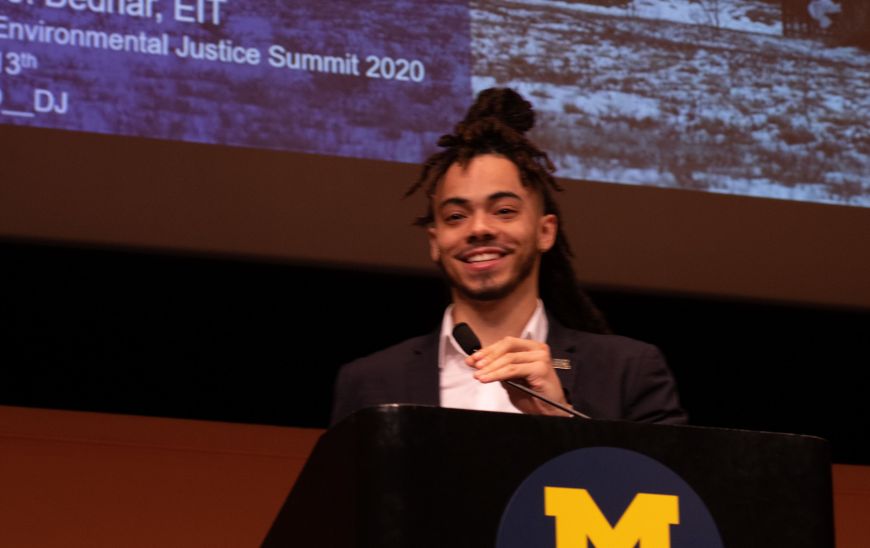
 back to all news
back to all news
Recognition of and response to energy poverty in the United States

Abstract
A household is energy poor when they cannot meet energy needs. Despite its prevalence, the US has not formally recognized energy poverty as a problem distinct from general poverty at the federal level, which limits effective responses. In this Review, we examine the measurement and evaluative metrics used by the two federally-funded energy programs focused on reducing high energy bills to understand how program eligibility requirements and congressional funding appropriations have shaped the national understanding and implementation of energy poverty assistance. We find that current measurement and evaluative metrics hinge on the distribution of government resources and the number of vulnerable households assisted, rather than improving household well-being and reducing overall energy poverty. We suggest that comparisons to formal food insecurity and fuel poverty recognition and national responses in the US and UK, respectively, can help inform the development of more comprehensive US responses to energy poverty going forward.
Read the full article at https://www.nature.com/articles/s41560-020-0582-0

